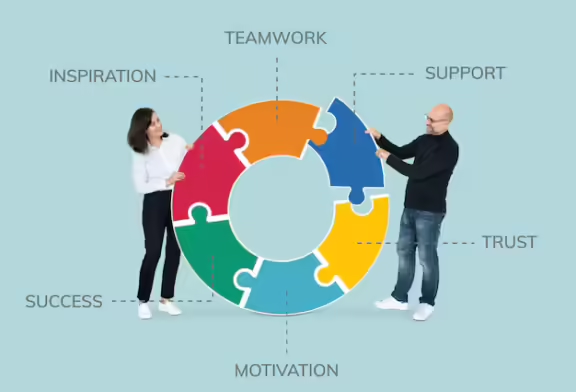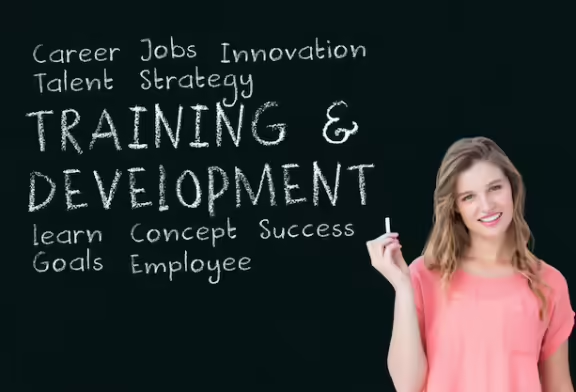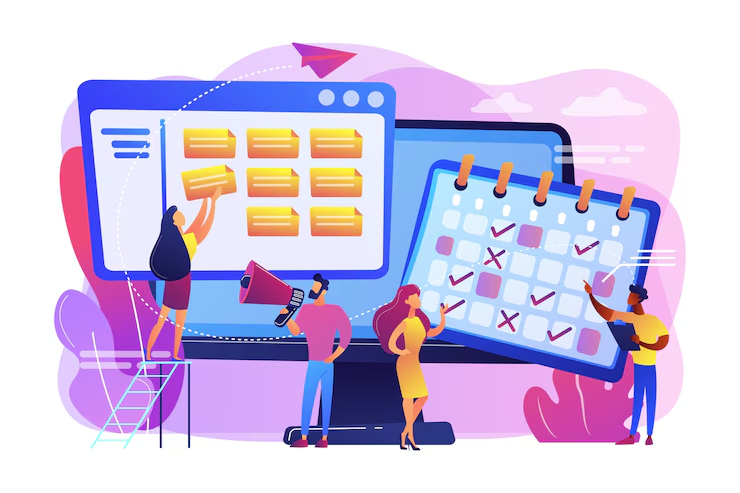
Having a skill gap in your workers is more common than you think with 87% of people finding skill gaps among their peers in the workplace. By opting for a hiring strategy that uses a competency framework, HRMs can experience a 92% reduction in wrong hires.
Further, by using a CVF framework in succession planning, HRMs can boost retention and train employees for leadership roles from the existing talent pool.
What is a Competency Framework?
To align an employee’s performance with the company’s long-term goals and identify if they have the skills needed for leadership roles, a competency framework is an effective tool. Usual skills desired in workers include an ability to delegate, communicate effectively, work in teams as well as independently, aptitude for the role, EQ, and others.
Using a competency framework, team leaders and HRMs can assess each worker against a uniform standard set for a certain job role.
Why Competency Frameworks Are Essential for Succession Planning?
To recognise the competencies of a person and the values that they have, a CVF framework is designed by HRMs by consulting with the leadership team. This competency framework sheds light on the skills that are deemed necessary for a certain job role.
Further, the leadership competency framework set will list skills that are necessary for career growth and advancement to leadership roles. These set the basis of succession planning.
When it comes to succession planning, having a competency framework will help define key competencies, identify eligible people with the right skill set, and design a suitable training program.
The Role of Competency Frameworks in Succession Planning
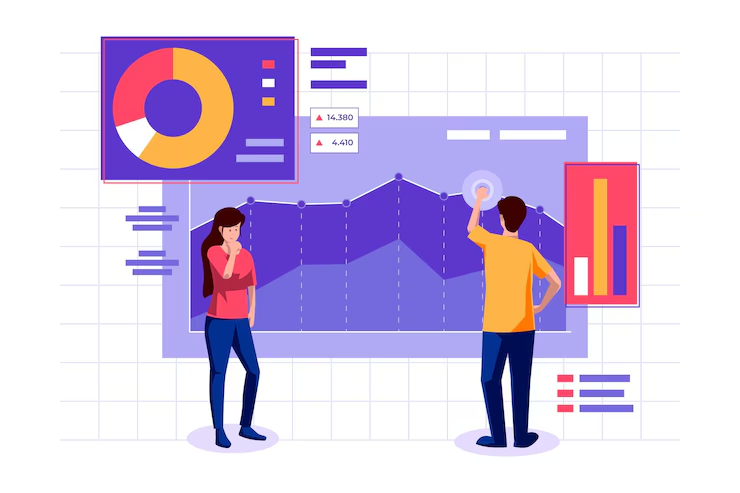
Capability frameworks, values framework, and a general competency framework can be condensed into a single leadership competency framework designed for succession planning. This helps define which traits and skills are essential to perform well in leadership roles.
How Companies Use Competency Frameworks Effectively?
By using a competency framework, companies can easily align the skills needed for achieving organisational targets and aligning their goals to that of their employees. The top competency framework uses for an organisation include:
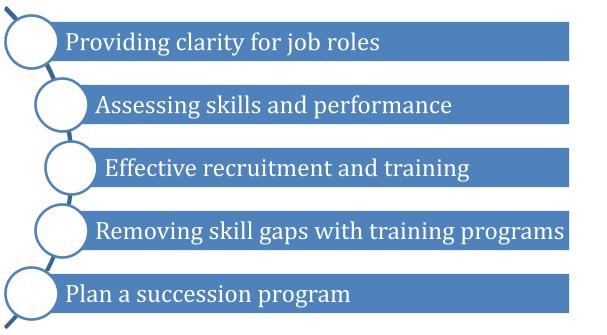
The efficacy of these CVF frameworks increases when HRMs do the following:
- Design a clear and concise framework
- Use it for HR functions including hiring and training employees
- Update it regularly
- Run regular analytics
Benefits of Competency Frameworks in Succession Planning
By opting for a competency framework, the succession planning process can be simplified as follows:
- Define competencies for key positions
- Align job roles with skills and traits needed
- Assess the present talent pool accurately
- Integrate this with performance management
- Identify those with potential for leadership roles
- Design effective training sessions
- Provide a career map for employees
For leading an organisation, some necessary competencies include:
- Social and emotional intelligence (SI & EI)
- Managing conflict
- Effective decision making
- Problem solving
Designing and Implementing Competency Frameworks for Succession Planning
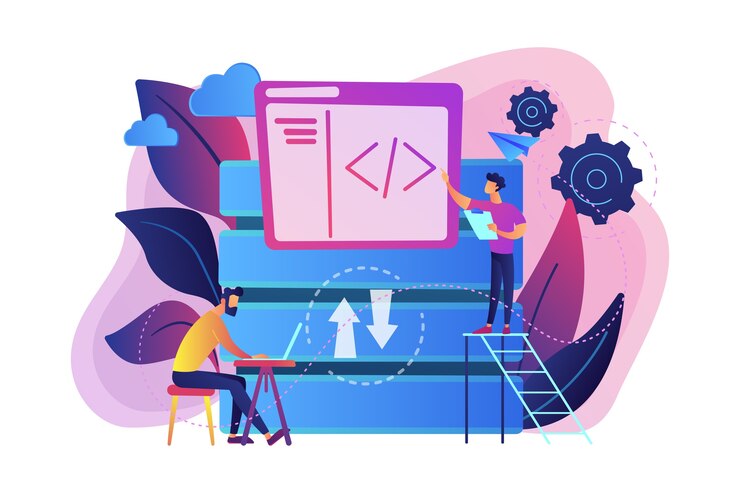
Multiple approaches are available for HRMs to design a competency framework. However, for best results, a simple and effective training program is essential.
Designing a Competency Framework for Leadership Roles
To define a leadership competency framework and implement it effectively, HRMs can try the below simple steps:
Step 1: Define Organisational Goals
Understand the targets set by the organisation and the requirements for them. Inputs from the leadership team can prove helpful in this regard.
Step 2: Identify Key Competencies for Leadership Roles
To learn which technical skills are needed, refer to the expertise of the leadership team. For soft skills, you may check if the employee has the following abilities:
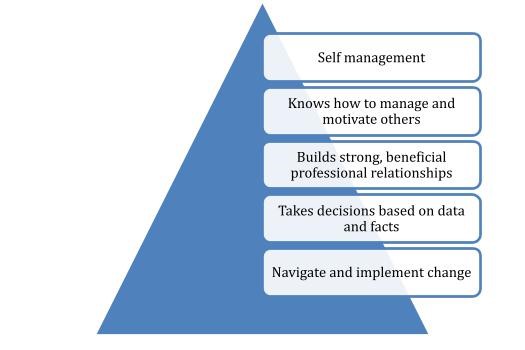
Step 3: Assess Current Talent Using the Framework
The present talent pool for your organisation should be evaluated based on the competency framework set. By having a uniform standard, you can judge each employee impartially and learn which employees are suitable for succession plans.
Step 4: Create Development Plans for Potential Leaders
After identifying which employees are suitable for leadership positions, the competency framework can be used to evaluate their skills. To address any skill gaps or skill development in necessary avenues, design training programs tailored to their needs.
Step 5: Regularly Review and Update the Framework
To keep the competency framework relevant, it is important to regularly add employee data to it. Further, changes in the structure need to be made periodically to make sure that it is in accordance with industry standards as well as relevant to the organisation.
Simple Techniques for Effective Competency Mapping
To deploy an effective competency framework for your organisation, the below techniques can be useful:
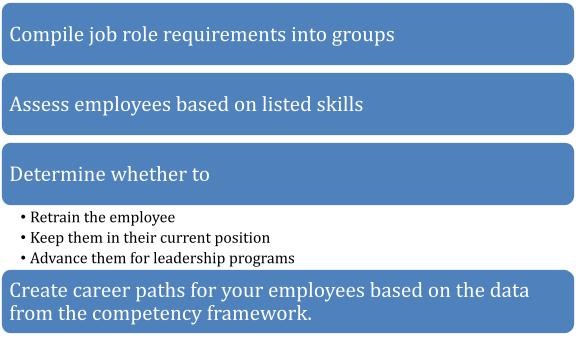
Challenges and How to Overcome Them
When designing and deploying a CVF framework or leadership competency framework, you may feel that the process is tedious, inefficient, or not worth the effort. This can be true if the competencies identified are redundant or not relevant to the job role. Further, both workers and members of the management team may feel that deploying a competency framework is not effective since it can fall short of the desired goals.
Common Challenges in Using Competency Frameworks
Usual issues faced by organisations when it comes to a competency framework are:
- A hard to understand framework
- Outdated list of skills
- Difficulty in training the team to use competency frameworks
- Qualitative assessment instead of data-driven assessments
Practical Solutions for Overcoming These Challenges
To address the above issues, as an HRM, you can try the below:
- Make sure every member of the organisation is well-versed in using the competency framework
- Consult with the existing management team to design a leadership competency framework
- Develop a cohesive CVF framework
- Implement transparency in decision making
- Take bias free, data-driven decisions
Measuring the Impact of Competency Frameworks in Succession Planning
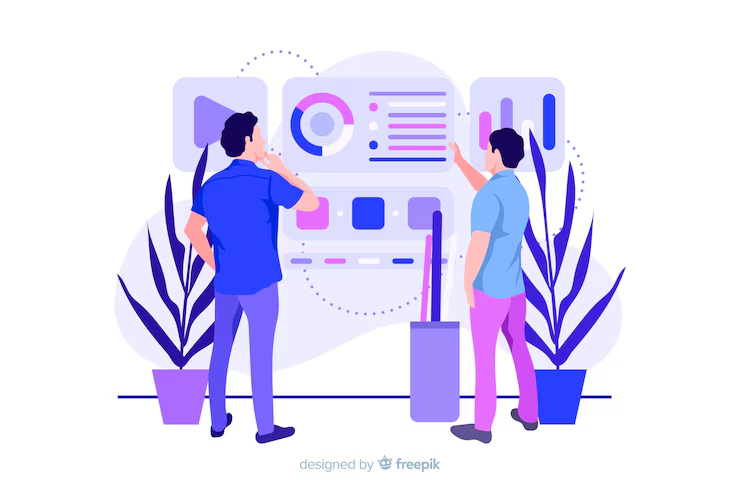
Shockingly, 86% of organisations do not have any pre-set plan for succession plans. They wait till a position falls vacant and then evaluates their employees or hires externally.
By using a competency framework, you can lay the foundation for succession planning. Whether you want to utilise your existing talent pool or hire from outside, having a competency plan provides a condensed list of criteria that the recruit or worker has to fill in order to qualify for the job role.
Key Metrics to Evaluate Succession Planning Efficiency
As per data published by SHRM, 64% of HRMs state that their company has a succession plan in place. However, 31% of organisations lack the resources to deploy a succession plan. While 94% of HRMs will agree that succession plans are important and useful, only 13% feel that the current models are efficient.
By opting for a competency framework, HRMs can at the very least have a basis on which they can evaluate applicants for a job role.
How to Continuously Improve Your Framework
If you deploy a CVF framework and then leave it as is, over time it will become redundant. To keep it useful, it is essential to keep it updated, to the following regularly:
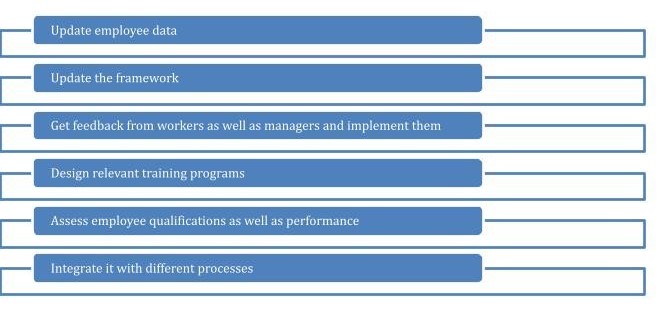
Conclusion
Using a competency framework to streamline succession plans for your company can be an effective way to ensure employee retention. When companies opt for succession plans, their workers have a 41% longer tenure.
Further, being a chosen candidate for succession plans can help develop a career path and boost worker morale. This also reduces disruptions in the company.
For optimal results with succession planning, evaluate data, set clear expectations, and align the strategic goals with employee goals. By making small continuous changes to the CVF framework to keep it updated, it can act as an effective tool in succession planning.




